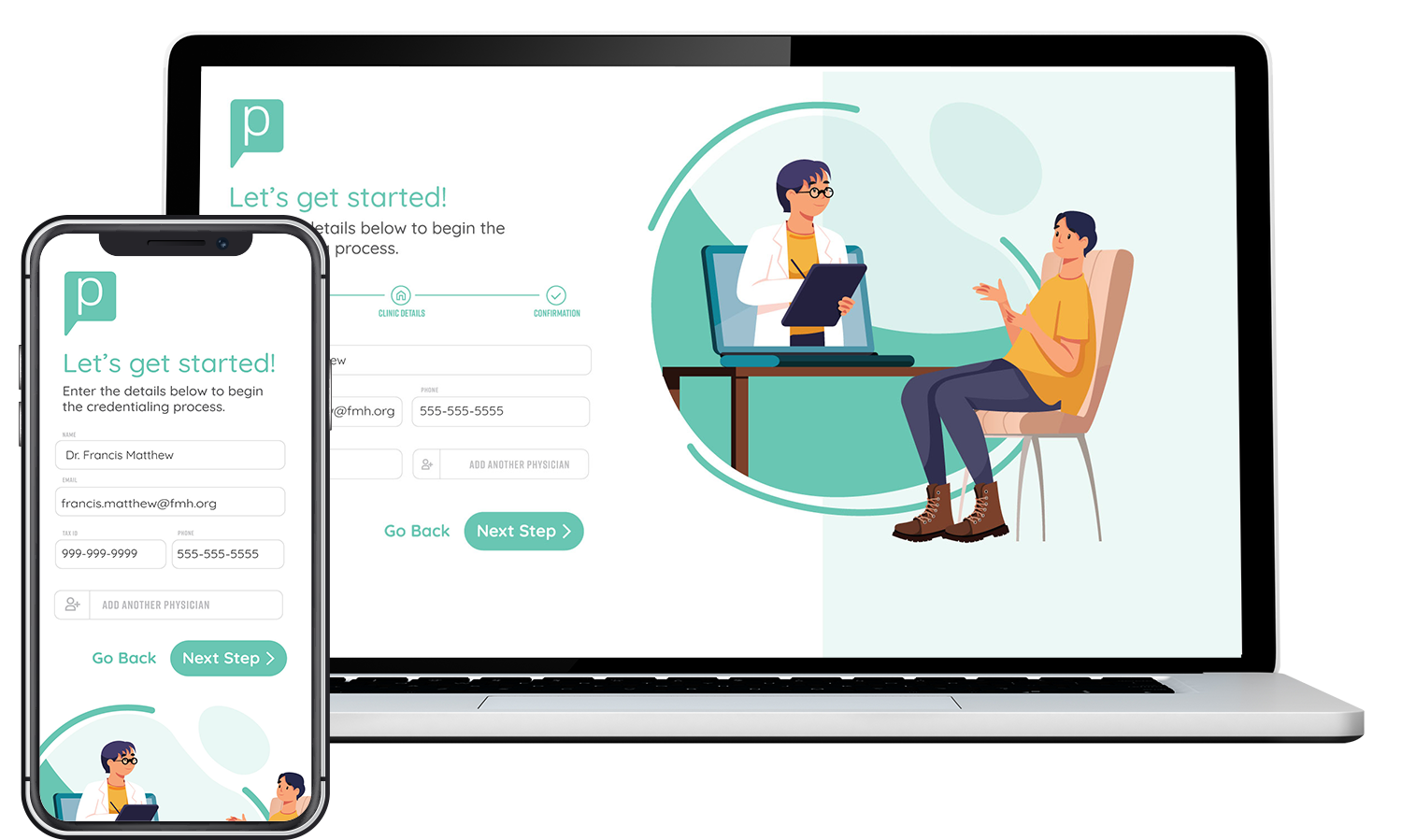Solving the Use Case
Overview
First of all, we generally configure two role and permission sets in Salesforce to achieve this use case. They are:
- Care Management
- Utilization Management
These roles will be used throughout a high level utilization flow that we customize in Salesforce. These are:
- Needs Assessment
Providers assess whether a medical service requires payer authorization
- Authorization Submission
Providers submit a formal request for authorization of a medical service
- Intake Management
Payers review the authorization request and direct it to the best internal resource
- Clinical Review
Payers Evaluate the necessity of the requested medical service
- Decision and Communication
Payers inform the provider and member of the decision
In the next sections, we'll explain how we configure a variety of Salesforce products to provide a streamlined workflow for every step.
Meeting the Requirements
Needs Assessment and Authorization
For even more provider convenience, we leverage OmniScript process libraries that give providers a guided workflow for needs assessment. This means less errors when updating an EHR record and utilizing payer-specific diagnostic codes.
In reality, providers have different ways they prefer to authorize care. We create a variety of request management options that work seamlessly with Salesforce Health Cloud.
- Mail
Providers send physical mail to the payer – this can be automated with Salesforce scanning integrations
- Fax
Providers send authorization requests to a fax number – this can be automated to create object and field data to reduce manual data entry
- EDI 278
Providers send EDI 278 authorizations in real-time or in batch mode
- Manual Submission
Providers manually enter authorization details in an authenticated Provider Portal
Although considered outdated, these options retain their importance in meeting every provider's needs. However, for a more effective solution to utilization management, EHR integration is key.
In this scenario, we leverage Mulesoft Direct to empower providers in utilizing existing patient data from their EHR. Providers can then submit this data, alongside an authorization request, in Da Vinci FHIR API format to a payer's FHIR endpoint using a Mule Connector. The outcome is an authorization process that significantly reduces manual data entry, eliminates errors, and saves time.

Intake Management
During intake management, specialists manually enter details from authorization requests in order to verify eligibility, confirm benefits, and route them to clinical review. This process introduces many points of risk for human error.
But the process can be improved in Salesforce.
To reduce the amount of manual work, we configure rules that automate authorization requests to appropriate clinical resources based hours, skills, line of business, or other criteria. This is where Salesforce's declarative workflows shine.
Clinical Review
In traditional processes, clinicians didn't have a way to access medical necessity criteria in a central location. As a result, they needed to spend countless hours tracking down documentation across disparate systems.
Because Salesforce centralizes data, we're able to display all relevant medical necessity criteria into a single dashboard. This data can be sorted by a variety of parameters, including SLA Due Date, requesting provider, status, and more. Furthermore, cases can be quickly escalated to medical directors, nurses, or other staff, ensuring consistency and efficiency.
Decision and Communication
The streamlined data allows for quicker decision-making, with medical directors having access to a wealth of information for more informed choices.
After a decision is reached, we leverage Salesforce's declarative workflows to initiate communication upon closure of authorization requests via email. These messages are sent to both the provider and the member, ensuring consistent, prompt, and well-considered responses.
Furthermore, responses can be tailored based on various factors such as decision type, nature of condition, or other relevant data points, significantly reducing the chance for complaints, grievances, or appeals.
![]()


